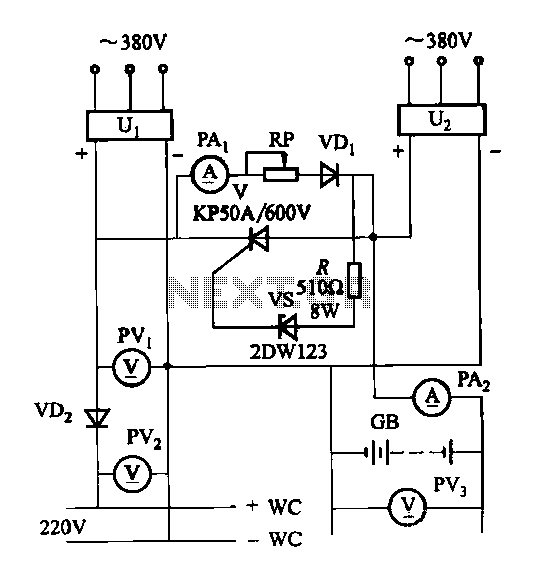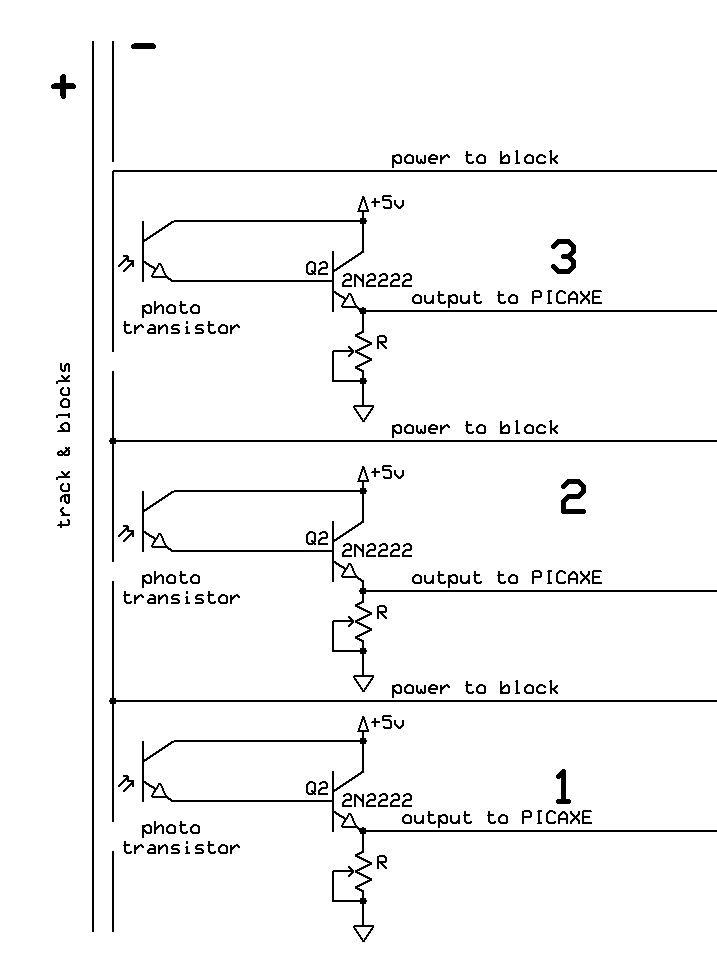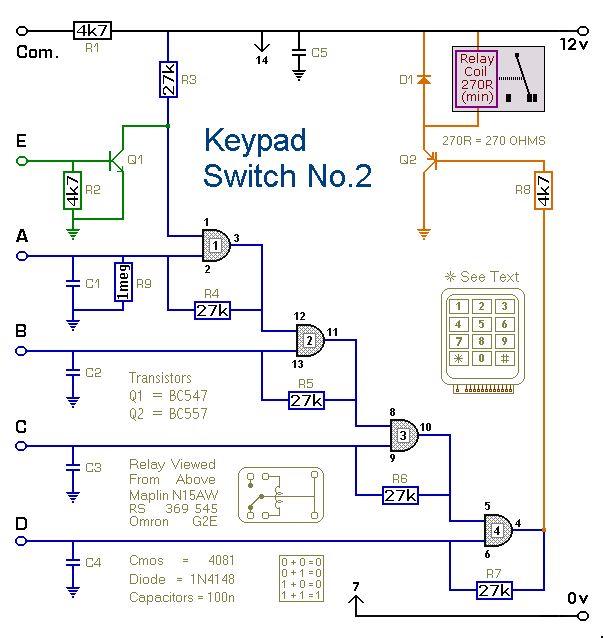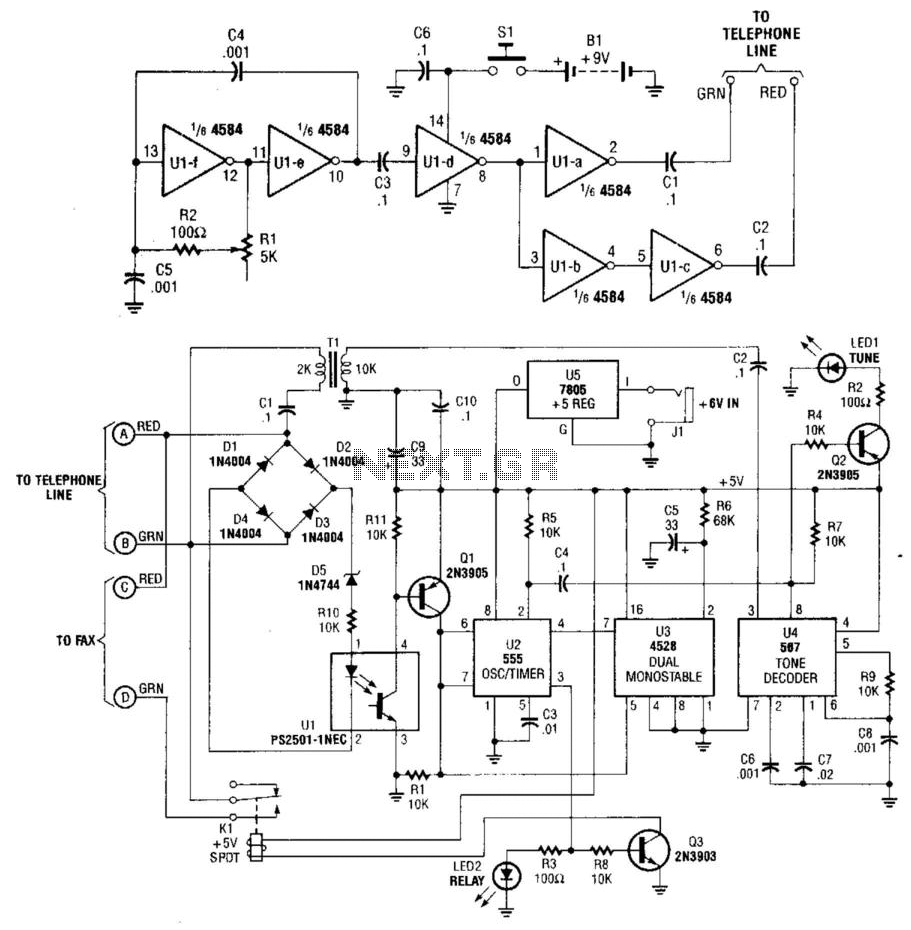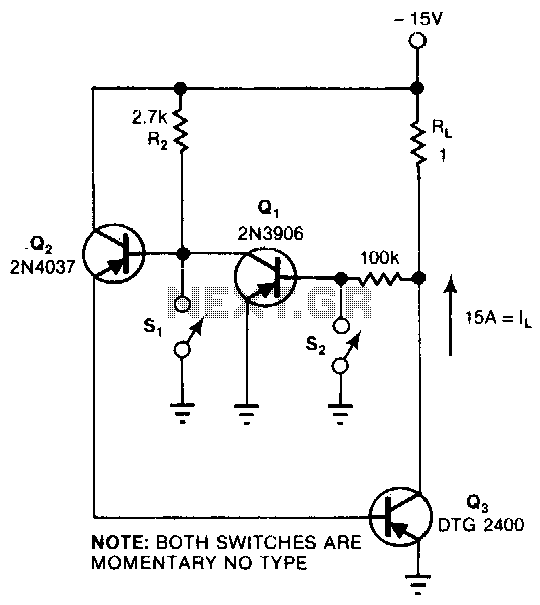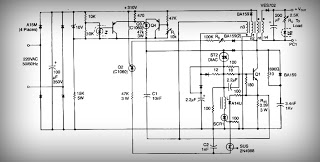
Touch Switch
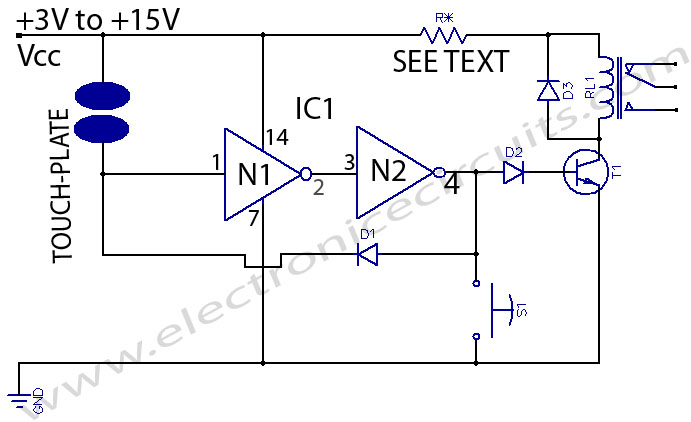
This is a touch switch designed to control LEDs, relays, and similar devices through a buffer transistor stage. It can be constructed using any CMOS inverter chip.
The touch switch circuit operates by utilizing the capacitive touch sensing principle, which allows the user to activate the switch without the need for physical contact. The core component, a CMOS inverter, serves as the primary switching element. When a finger approaches the touch plate, it alters the capacitance at the input of the inverter, causing a change in its output state.
The output of the CMOS inverter is connected to a buffer transistor, which acts as an interface between the low-power CMOS output and the higher current requirements of the load (LEDs, relays, etc.). The buffer transistor is typically configured in a common-emitter arrangement, allowing it to amplify the current from the inverter output to drive the load effectively.
Additional components may include resistors for biasing and pull-down configurations, ensuring stable operation and preventing false triggering. A capacitor can be added in parallel with the touch plate to filter out noise and provide debounce functionality, enhancing the reliability of the touch switch.
The circuit is powered by a DC supply, with considerations for the voltage ratings of the components used. Proper selection of the transistor based on the load requirements is essential for optimal performance. The design is versatile and can be adapted for various applications by changing the load or modifying the touch sensitivity through component values.Here is a touch switch that can be used to drive LEDs, relays etc through a buffer transistor stage. It may be built around any CMOS inverter chip 🔗 External reference
The touch switch circuit operates by utilizing the capacitive touch sensing principle, which allows the user to activate the switch without the need for physical contact. The core component, a CMOS inverter, serves as the primary switching element. When a finger approaches the touch plate, it alters the capacitance at the input of the inverter, causing a change in its output state.
The output of the CMOS inverter is connected to a buffer transistor, which acts as an interface between the low-power CMOS output and the higher current requirements of the load (LEDs, relays, etc.). The buffer transistor is typically configured in a common-emitter arrangement, allowing it to amplify the current from the inverter output to drive the load effectively.
Additional components may include resistors for biasing and pull-down configurations, ensuring stable operation and preventing false triggering. A capacitor can be added in parallel with the touch plate to filter out noise and provide debounce functionality, enhancing the reliability of the touch switch.
The circuit is powered by a DC supply, with considerations for the voltage ratings of the components used. Proper selection of the transistor based on the load requirements is essential for optimal performance. The design is versatile and can be adapted for various applications by changing the load or modifying the touch sensitivity through component values.Here is a touch switch that can be used to drive LEDs, relays etc through a buffer transistor stage. It may be built around any CMOS inverter chip 🔗 External reference
